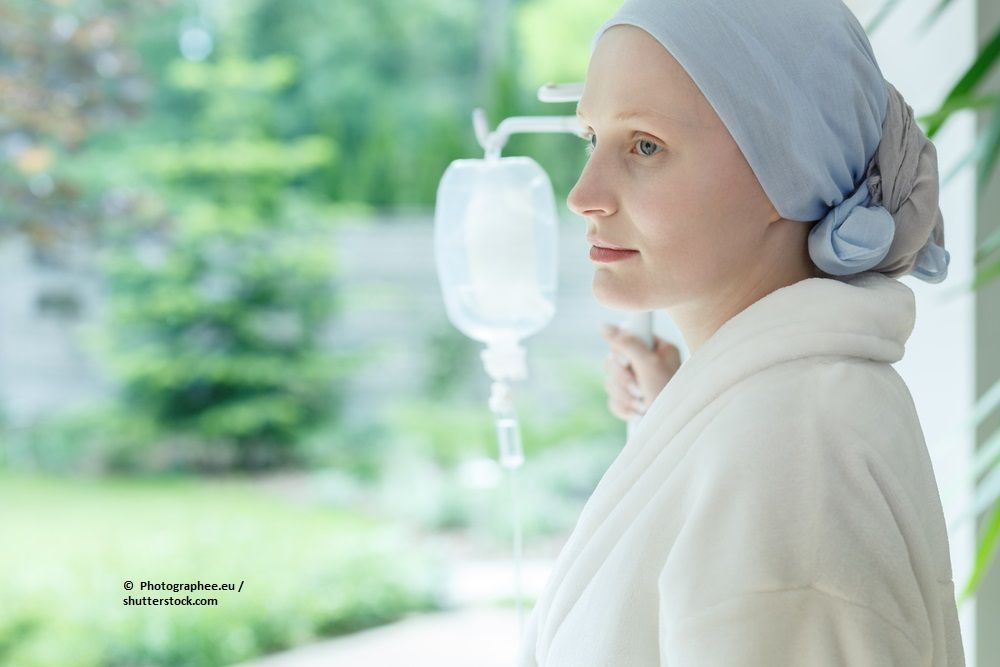Article
Retinoblastoma survival rates high; secondary cancer a risk
Author(s):
The probability of non-ocular malignancies differs between men, women

Analyses of cancer incidence and cause specific mortality patterns for long-term hereditary retinoblastoma survivors shows gender-related differences.
Reviewed by Ruth Kleinerman, PhD
The 10-year survival rate for patients with hereditary retinoblastoma is excellent, but these patients are at increased risk for developing secondary cancers and have elevated mortality compared to age-matched individuals in the general population.
According to analyses of data for retinoblastoma patients in the United States, there are gender-related differences in both the incidence of the different types of second non-ocular malignancies and cause-specific mortality, according to Ruth Kleinerman, PhD, deputy branch chief, Radiation Epidemiology Branch, Division of Cancer Epidemiology and Genetics, National Cancer Institute, Rockville, MD.
“Based on this information, evidence-based guidelines for long-term surveillance and follow-up of retinoblastoma survivors should take gender into account,” Dr. Kleinerman said. “International pooling of second cancer data for retinoblastoma survivors will increase the number of cases of second cancers and provide statistical power to further investigate gender disparity in risk with greater precision.”
Information on the incidence of second cancers in retinoblastoma survivors and rates of mortality related to the subsequent cancers is available from the National Cancer Institute Long-term Follow-up Study of Retinoblastoma Survivors. The study includes data on 1,129 patients with hereditary retinoblastoma diagnosed between 1914 through 2006, of whom approximately 50% were still alive in 2016.
According to Dr. Kleinerman, the most common secondary cancers among the hereditary retinoblastoma survivors are bone cancer, soft tissue sarcoma, and melanoma. Analyses of cause-specific mortality compare the rates of death in the retinoblastoma survivors with those reported for the U.S. population.
The data show that female retinoblastoma survivors have a higher risk of dying of bone cancer, melanoma, and brain tumors and a slightly higher risk of dying of nasal cavity cancers compared with females in the general population.
In addition, rates of death due to lung, bladder, and colon cancer among female retinoblastoma survivors also appear to be higher than females in the general population, whereas male retinoblastoma survivors are at higher risk of dying of pancreatic cancer than males in the general population.
Why the increased risk?
Genetic susceptibility, treatment, and other factors might contribute to the increased risk of second cancers in patients with hereditary retinoblastoma.
Hereditary retinoblastoma is caused by germline mutations in RB1, and the location of the mutation or the type of the mutation may be involved in the risk of some secondary cancers, including lung, bladder, and brain tumors. In addition, the patients may be carrying mutations in other related pathways.
“RB1 is in the same cell cycle control pathway as CDKN2A, which is a susceptibility gene for familial melanoma and pancreatic cancer,” she said.
Host characteristics, such as age and sex, as well as lifestyle and environmental factors, such as smoking history and sun exposure, may also play a role.
Disclosures:
Ruth Kleinerman, PhD
E: kleinerr@exchange.nih.gov
This article is adapted from a presentation given by Dr. Kleinerman at the 2018 Ocular Oncology/Pathology Subspecialty Day meeting. Dr. Kleinerman has no relevant financial interests to disclose.
Newsletter
Don’t miss out—get Ophthalmology Times updates on the latest clinical advancements and expert interviews, straight to your inbox.





